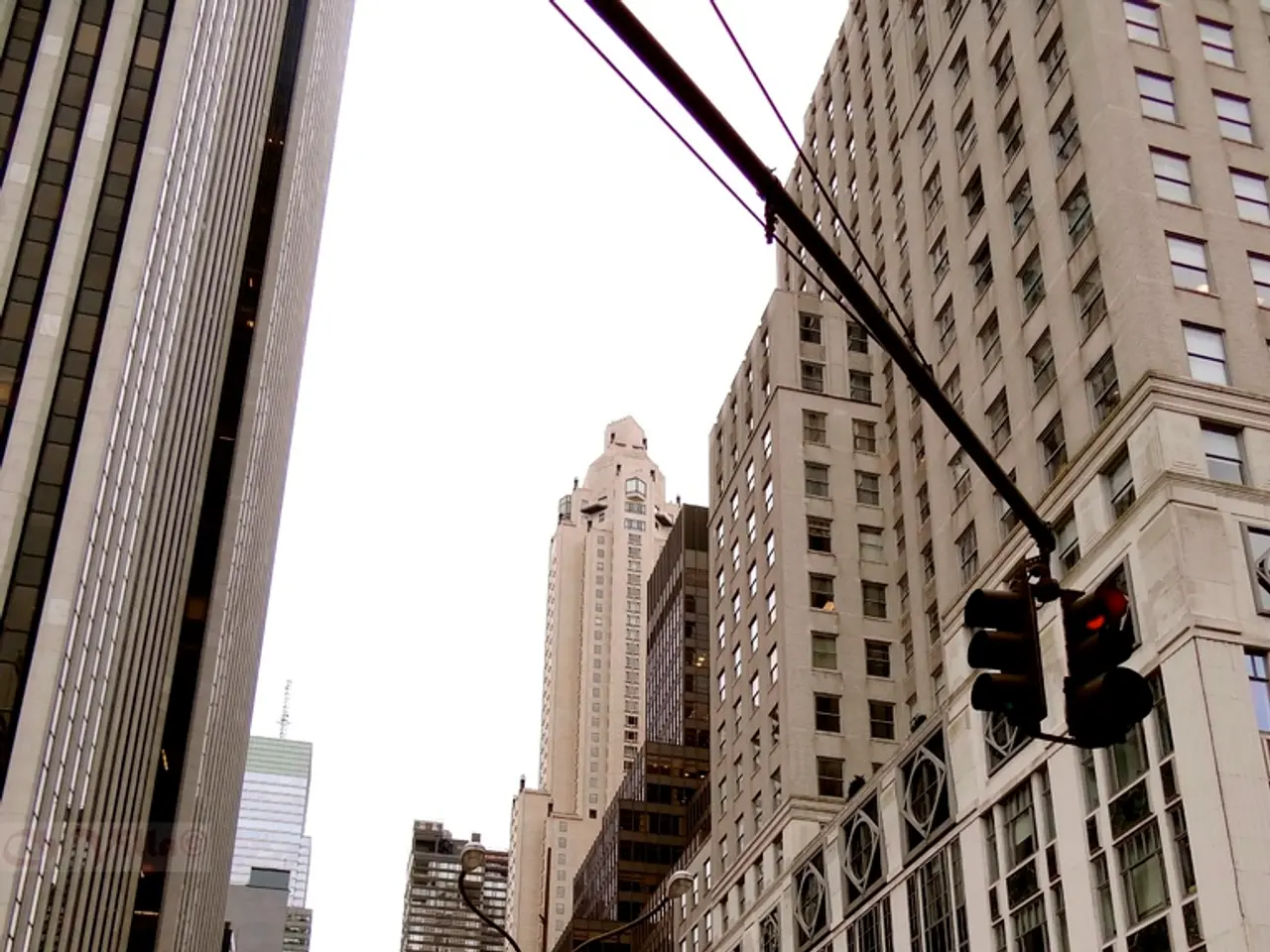Huntsville's Demographic Challenge: Slow Migration Threatens Economic Growth
Huntsville, Alabama, faces a demographic challenge that mirrors broader U.S. migration patterns. Younger adults and minority groups have been less likely to move to the city, contributing to slower population growth. Meanwhile, Americans are moving at half the rate they were three decades ago, a record low. This selective migration impacts economic development and resource allocation nationally.
City leaders in Huntsville are unfazed by potential worker relocations for the upcoming Space Command, citing the city's successful history in attracting military commands and over 1,800 FBI jobs in recent years. However, Space Command's leadership has expressed concern about a majority of civilian workers refusing to move, which could impact the command's mission.
This trend of slower migration, particularly among younger adults and minority groups, is not unique to Huntsville. It reflects broader patterns of uneven migration within the United States, with population growth concentrated in certain metropolitan regions and slowed in others like Huntsville.
Huntsville's future growth and economic development may hinge on its ability to attract and retain a diverse range of residents. While city leaders are confident in their past successes, the potential reluctance of Space Command workers to relocate underscores the challenges posed by these broader migration trends.








